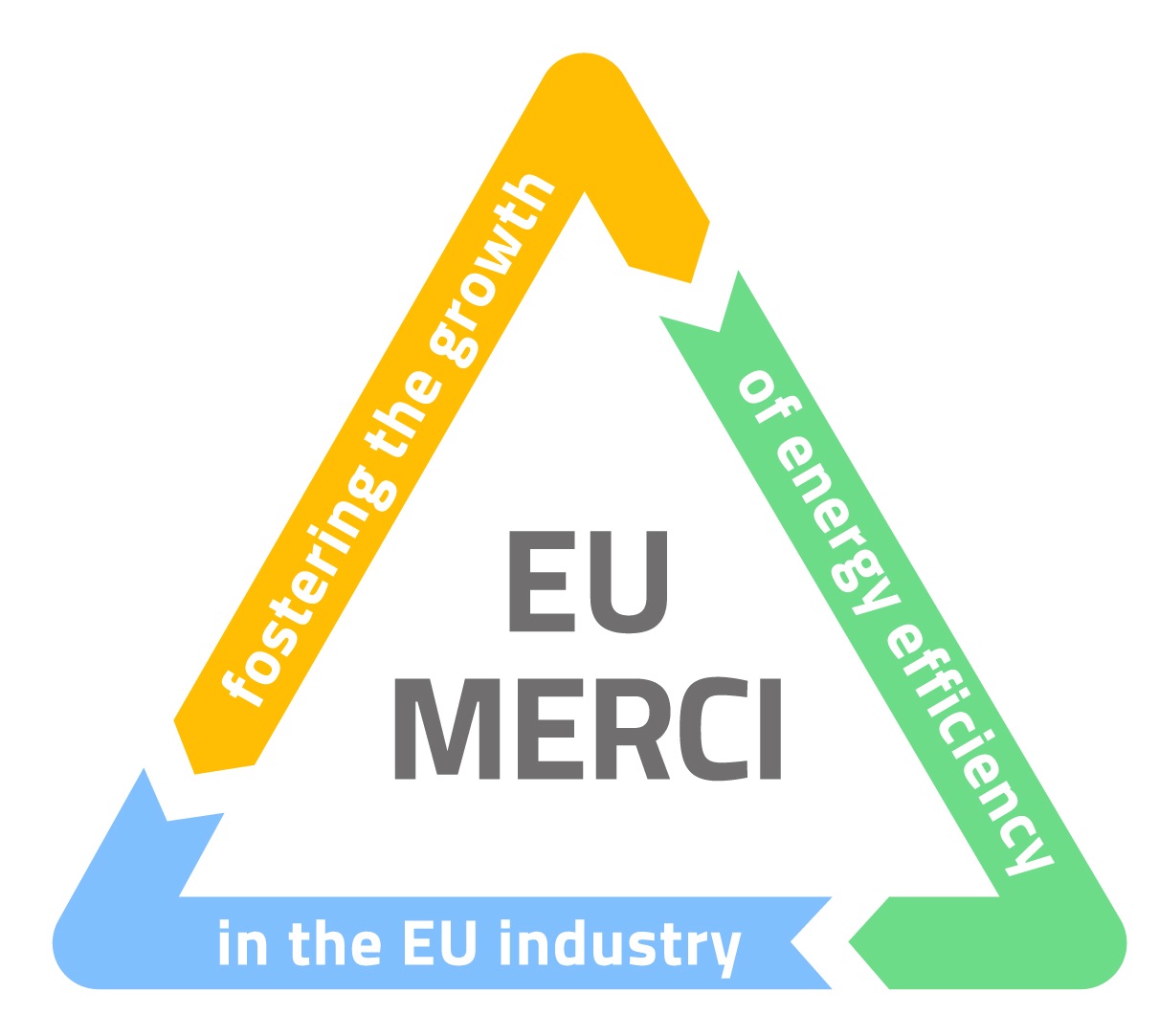The overall Work Plan stands on a quite linear and logical sequence of activities, in obedience to the principle that too complex structures are to be avoided, as often generates hindrances difficult to tackle. The sequential activities find their correspondence in as many Work packages.
The following scheme summarizes the interactions of the work packages:

In particular there are seven work packages and each one has a different goal:
- WP1: “Review of EEOSs/Alternative Measures (together EESs) in EU” (leader JIN) aims at carrying out a comparative analysis of EESs currently in progress at various stages of development and consolidation in the EU MSs, building upon existing knowledge. WP1 will use information coming from regulation documents currently adopted in countries where EE mechanisms and measures are already in place, integrated by all information that may come from industry and other sources (e.g. through research, enquiry, questionnaire, etc.). WP1 will generate a set of information complementary to those made available by the Enablers, which will constitute as well input to WP2 and WP3. Besides the other technical factors, specific attention will be paid to those ones, of non-technical nature, that constitute hampers de facto to the full exploitation of the mechanisms on the market, not last the high “transaction costs”, often generated by the complexity and lack of standardization of the application procedures.
- WP2: “Implementation of the Data Base/Repository” (leader CRES) is to organise and store the available information in a way that ensures the traceability of the data and simple access to it while providing functionality for further analysis and elaboration. This will be done through the set-up of a dedicated DataBase/Repository.
- WP3: “Analysis of available data” (leader AEA) aims at analysing the information regarding really implemented EE projects in Industry extracted from the country repositories accessible to some partners of EU-MERCI (the so-called Enablers). Also the data directly gathered from Industry by WP1 through enquiries will be used in the analysis. WP3 will go deep into the documentation of the EESs applications, exploring how the EESs’ requirements are transposed into practice: the technologies and methods used to improve EE in the processes; the algorithms used to calculate savings; the procedures currently used to make the measurements of energy savings; the baseline referred to for the estimated-savings approach (which is the most common one) or the metered-savings one; and the ways the baseline is calculated.
- WP4: “Elaboration and assessment of data” (leader RSE) is to select exemplary efficiency-oriented projects, from the populated Repository, or propose cases from the combination of the former, which may constitute reference best practices towards efficiency, effectiveness, profitability, environment-benefit and transparency goals and to propose those solutions in the more standardized way as possible. It will define Key Performance Indicators (KPIs) for the efficiency projects against the above mentioned goals.
- WP5: “Scenarios, Validation, Impact and Recommendations” (leader KAPE) aims at demonstrating the effectiveness of the EU-MERCI approach towards its ultimate goal: the growth of efficiency in the industry. It will provide mid-term scenarios of adoption of the found out best practices, methodologies and procedures for the effective implementation of policies and measures supporting energy efficiency in the industry, and will assess the energy savings and economic impact taking into account the hampering barriers at the MS and EU level. WP 5 will validate the outputs of the project in a particularly representative sector (the agrifood industry), by directly involving the concerned stakeholders at EU level and providing elements for the extension to other sectors. Finally, it will produce Recommendations addressed to different stakeholders and “FINALIZERS” aimed at the adoption of the best efficiency solutions proposed by EU-MERCI for different industry sectors and at the implementation of policies for new efficiency schemes and measures.
- WP6: “Communication, Exploitation and Dissemination” (leader: FIRE) is a cross-cutting activity, which will track the whole project during its implementation. It will ensure the effective communication within the consortium and the interaction with the concerned external environment and will disseminate the outcomes of the project using the website of the project and the most advanced tools. However, it will put in practice other strategies essential for the success of the project.
The overall “Coordination and Management” of the project is the specific objective of the WP7, headed by RSE.
